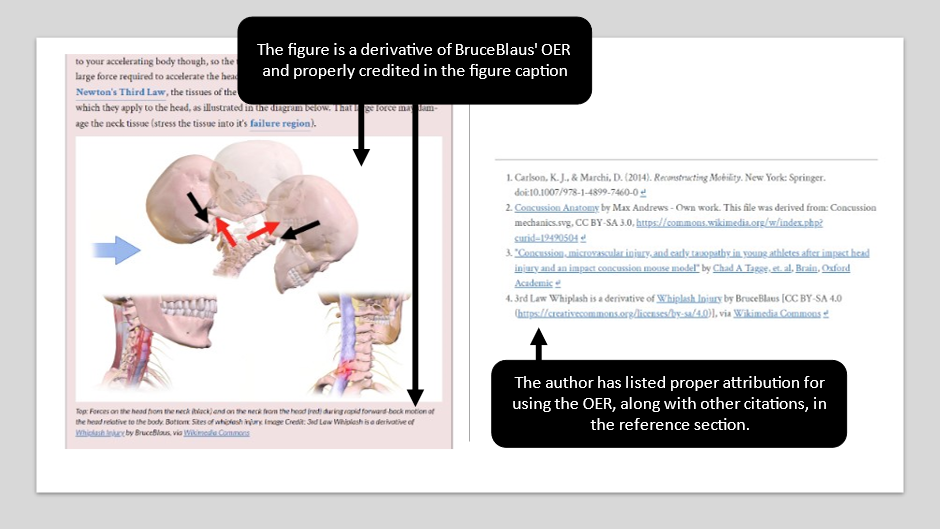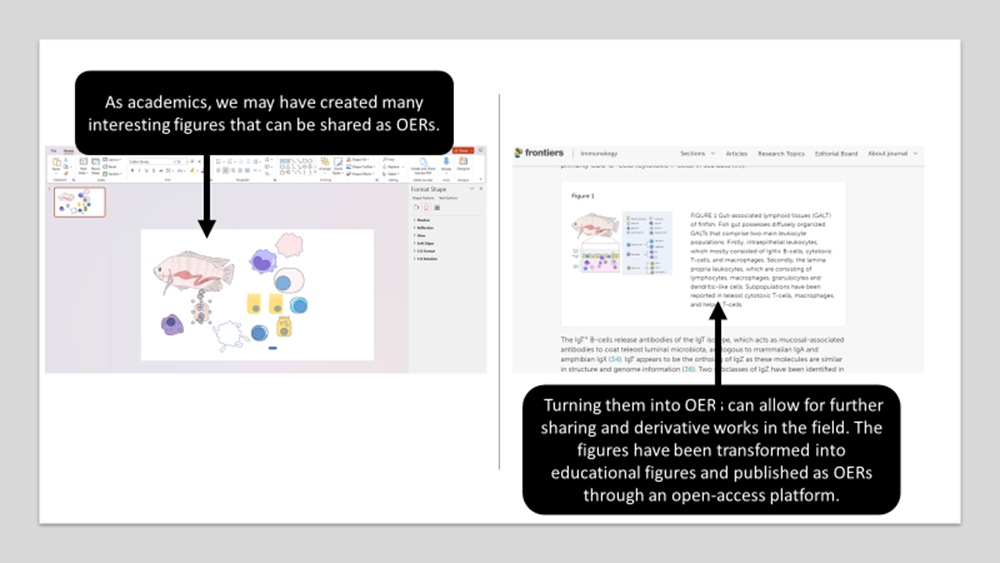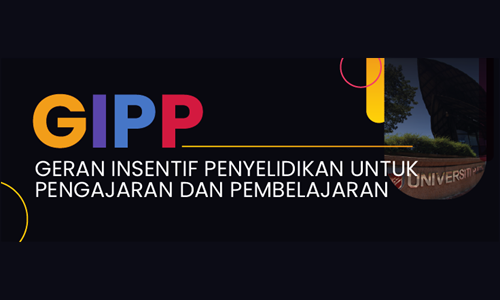|
Have you ever found yourself struggling to create teaching materials or worried about copyright infringement when browsing online resources? As an academician, you are constantly searching for new resources to enhance your teaching, research, and manuscript preparation. However, have you ever considered using Open Educational Resources (OER)?
OERs are educational materials that are openly licensed and freely available to anyone. They can be used, shared, and modified by educators, students, and researchers alike. You may have already used OERs without realizing it, such as diagrams, infographics, or figures to supplement your teaching materials, or sourcing images from Wikimedia Commons in your research.
Popular OER platforms include Wikimedia Commons, Khan Academy, and OpenStax. The 5R of OERs - reuse, revise, remix, redistribute, and retain - allows for the dissemination of knowledge and the creation of innovations and knowledge. This means that you can customize OERs to fit your needs, and even contribute back to the OER community by creating and sharing your resources. By embracing the power of OER, we can access a wealth of resources and contribute to the growth of our subject fields. Just like how netizens recreate new content from a viral trend on social media and make the trend viable and vibrant, we can leverage OERs to create engaging, interactive, and effective teaching materials and research projects.
|



























